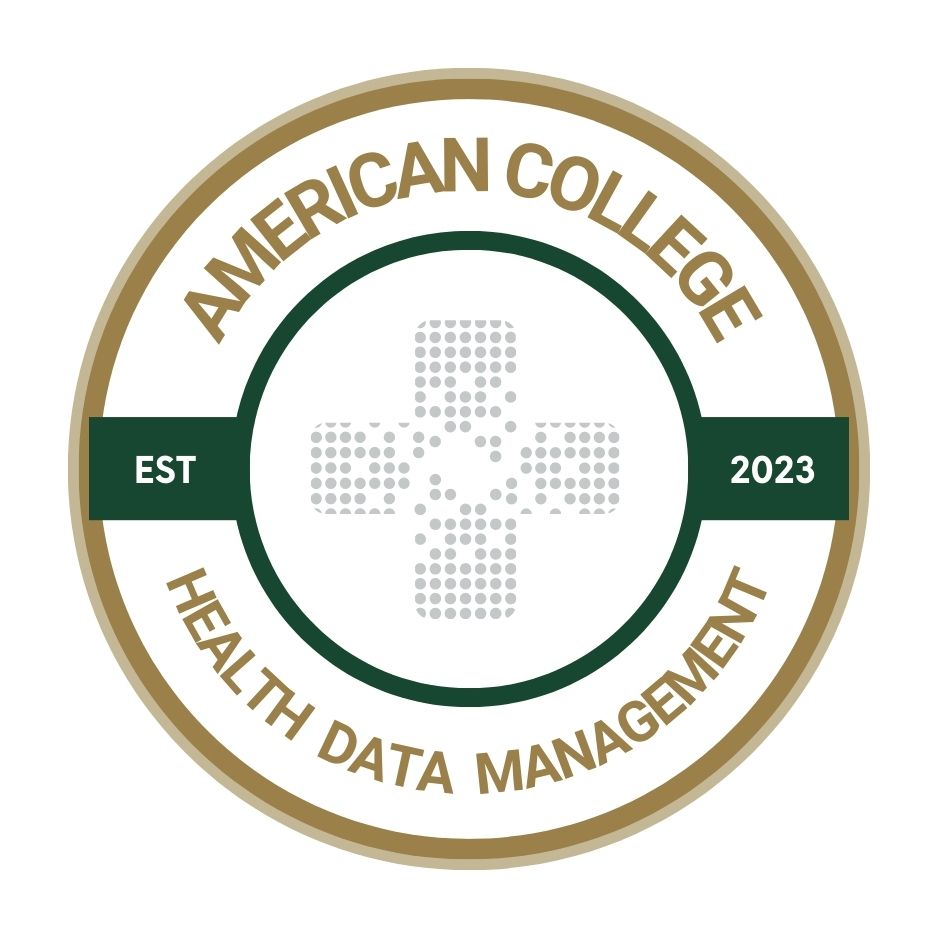Why collaboration will drive the industry forward in 2025
Working together is essential to drive progress in critical areas such as cybersecurity, interoperability, patient access, safety and digital identity.

As 2025 unfolds, healthcare professionals find themselves renewed from a whirlwind of early-year industry gatherings at ViVE, HIMSS, ACHE and other industry meetings. These events provided insights into IT advances, encouraging sessions and energetic conversations, as well as a clear signal that we’re entering a period without a defined roadmap.
With a new presidential administration moving quickly to pause, delay and revise many of the planned regulatory initiatives, leaders across the industry are asking: what comes next?
So where does that leave us? In my view, we don’t wait – we can’t afford to. Progress in critical areas such as cybersecurity, interoperability, patient access, safety and digital identity must continue, regardless of policy shifts. And it's up to us – nonprofit organizations, professional alliances and engaged individuals – to lead the way.
Charting our own course
In a recent call with Civitas Networks for Health, we discussed the new opportunities for industry-led collaboration. The pendulum, once swinging more towards government incubation of healthcare innovation, is now swinging back. With federal direction in flux, the responsibility increasingly falls on industry stakeholders to set the tone, define the standards and drive progress.
The comprehensive infrastructure that’s in place provides reason for optimism. Organizations like DirectTrust, Civitas Networks for Health, CommonWell Health Alliance, HIMSS, HL7 and the FHIR at Scale Taskforce (FAST), AHIMA, WEDI and the CARIN Alliance have built strong foundations. These conveners, often 501(c)(3) or (c)(6) nonprofits, bring together a wide range of voices, offer governance frameworks and serve as springboards for innovation. They represent real infrastructure for progress – and we must lean into them.
The power of conveners and collaboration
Healthcare has always been an ecosystem, and ecosystems thrive on connectivity. But that connectivity doesn't happen automatically. Convening organizations are uniquely positioned to unite diverse perspectives, build consensus and hammer out solutions. They offer stakeholders a seat at the table, and that seat is now more important than ever.
Associations and alliances aren’t just places to network – they serve as engines for transformation. Whether it’s advocating for regulatory action on Capitol Hill, partnering to standardize data exchange or addressing new cybersecurity risks, these groups provide continuity and leadership in times of uncertainty.
Take AHIMA, for example. Their Patient ID Now Coalition recently reintroduced the MATCH IT Act, an advocacy push aimed at solving patient identity challenges at the national level. Similarly, HL7’s FAST initiative is bringing stakeholders together to tackle consent and interoperability at scale. And I personally heard at HIMSS how they are working with state chapters and EHRA to monitor and respond to state-level legislation as more policy shifts to the local level.
These are not isolated efforts – they reflect what can be accomplished when people stop waiting and start working together.
Making your mark in a shifting landscape
Across these early 2025 conferences, many people voiced concerns about the "shaky ground" we're on, the feeling that the next steps are unclear. But I also witnessed determination. During a recent HIMSS breakout session, for instance, I overheard an attendee say, “this is an opportunity, it’s time to take the wheel.” That sentiment stuck with me as a prime example of this “it’s up to us” theme.
So if you’ve been sitting on the sidelines, now is the time to jump in. Industry conveners can’t do it alone. They need participation, diverse perspectives and partnership. That could mean joining a workgroup, presenting your technical know-how or even stepping in to help shape governance from the ground up.
DirectTrust, for instance, is actively identifying ways the community can contribute to solutions and adding new Workgroups and Consensus Bodies focused on interoperability, identity and cybersecurity. But opportunities like these abound.
Reassess where you (or your organization) are involved. Ask “What can I contribute?” “Where can my voice make a difference?” The change that’s desired in healthcare won’t be delivered from the top down – it must be built from the inside out.
Optimism rooted in action
I’ve been called an optimist, and I’ll own that. But it’s not blind optimism – it’s a true belief in the value of collaboration. It’s the recognition that we have what we need to move forward, even in ambiguous times.
No, everything won’t be smooth. There’s still discomfort and some unknowns. But rest assured that the infrastructure for progress exists, and that infrastructure is us. We have the ability and the responsibility to keep healthcare moving forward.
Where we’re going, we don’t need roads. Our way will be shaped not by federal mandates and regulations but by what we can build together. Associations, alliances and nonprofits are more than support structures – they can be the catalysts, and that’s where meaningful progress begins.
Get involved, find your seat at the table, and bring your voice, because the future of healthcare belongs to all of us.
Kathryn Ayers Wickenhauser, MBA, FACHDM, CHPC, is chief strategy officer of DirectTrust, supporting both the short- and long-term organization vision through leading community engagement, communications initiatives and strategic partnerships, while influencing nationwide standards, technology and policies for health information sharing and trust.
